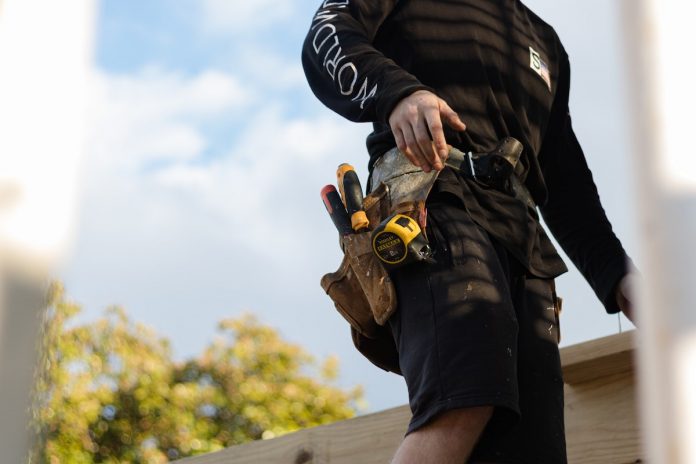Pro Tips for Successful Plastic Bonding: How to Use Plastic Glue Like a Pro
Whether fixing broken plastic items, crafting new creations, or pursuing multi-material projects, knowing how to use plastic glue like a pro will make all the difference. From choosing the suitable adhesive for your plastic type to surface preparation, application methods, and safety precautions, we’ve got you covered. So, let’s dive into the world of adhesive mastery and equip you with the knowledge to create strong, lasting, and aesthetically pleasing bonds in all your plastic endeavors.
Plastic bonding can benefit interior design, opening up various creative possibilities and practical applications. Get ready to elevate your skills and embark on a journey of precision and creativity with plastic glue!
Valuable tips to get better results
Using plastic glue like a pro requires precision and attention to detail. Here’s a detailed explanation of each tip to help you achieve the best results:
- Select the Right Glue: There are various types of plastic glues available, such as cyanoacrylate (super glue), plastic cement, and epoxy. Choose the one that suits your project and the type of plastic you work with. Read the labels and instructions carefully to ensure compatibility.
- Prepare the Surfaces: Before applying the glue, ensure that the surfaces to be bonded are clean and free from dust, oil, and any other contaminants. Use rubbing alcohol or a mild detergent to clean the surfaces thoroughly. This step is crucial as it ensures a strong and durable bond.
- Test Fit and Alignment: Before applying the glue, perform a dry test fit of the parts to be joined. Make sure they fit together properly and are aligned correctly. This will help you identify any potential issues and ensure a seamless bond.
- Apply the glue Sparingly: Less is often more when using plastic glue. Apply a small amount of glue on one surface only. You can use a brush, needle applicator, or the built-in applicator on some glue bottles to control the flow and prevent excess application.
- Join the Surfaces: Carefully bring the surfaces together once the glue is applied. Ensure precise alignment and gentle pressure to avoid any excess glue seeping out. For larger pieces, you may want to use clamps or tape to hold the parts together while the glue sets.
- Avoid Touching the Glue: Avoid contact with the glue during application. Most plastic glues work through a chemical reaction with the plastic, and touching the glue or wet surfaces can affect the bond strength.
Following these tips, you can use plastic glue like a pro and achieve solid and reliable bonds for your plastic projects. Remember, practice makes perfect, so don’t be discouraged if you don’t get it right the first time. Keep experimenting and honing your skills to master the art of using plastic glue effectively.

To determine the correct glue to make your repair, you should consider the type of material you are working with and the nature of the repair needed. Here are different types of glues based on common repair scenarios:
Cyanoacrylate (Super Glue)
Ideal for bonding non-porous materials like plastic, metal, rubber, and ceramics. It dries quickly and forms a strong, instant bond. However, it may not be suitable for load-bearing or flexible applications.
Epoxy Adhesive
Perfect for bonding a wide range of materials, including metal, glass, ceramic, and some plastics. Epoxy creates a robust and durable bond, often used for structural repairs and projects requiring high strength.
Plastic Cement
Specifically formulated for bonding plastic materials, plastic cement chemically fuses the plastic surfaces, creating seamless joints. It’s commonly used in model making and other plastic assemblies.
Here is how plastic bonding can be beneficial in interior design and renovation:
- Versatility in Design: Plastics come in various colors, shapes, and textures, allowing designers to create unique and innovative interior elements. Using plastic bonding techniques, designers can combine different plastic components seamlessly, opening up endless possibilities for custom furniture, decorative pieces, and fixtures.
- Customization and Personalization: Plastic bonding enables designers to tailor interior elements to specific design requirements and clients’ preferences. They can create personalized furniture, lighting fixtures, and decorative accents that reflect the individual style and taste of the occupants.
- Lightweight and Durable Solutions: Plastic materials are often lightweight yet durable, making them ideal for various interior applications. Bonded plastic components can provide sturdy and long-lasting fixtures without adding excessive weight to the overall design.
Always read the label and follow the manufacturer’s instructions to ensure you select the correct glue for your specific repair needs. Some materials may require specialized adhesives, so it’s essential to consider the compatibility and strength needed for your particular project.






